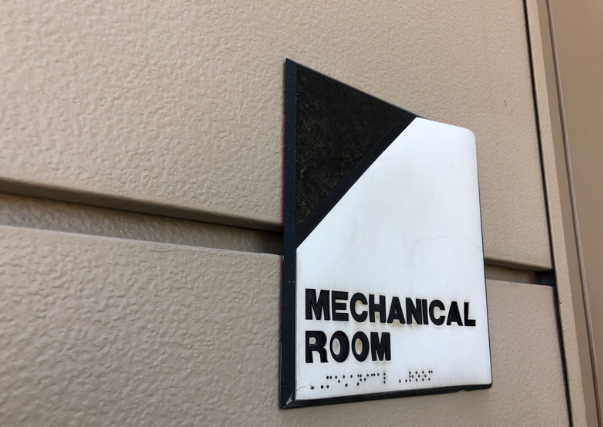 On April 22, we will celebrate Earth Day. U.S. Senator Gaylord Nelson established this day, inspired by a massive oil spill in Santa Barbara, CA, in 1970. After 45 years, more than a billion people celebrate Earth Day every year. Events are held worldwide to demonstrate support for healthy, sustainable environments.
On April 22, we will celebrate Earth Day. U.S. Senator Gaylord Nelson established this day, inspired by a massive oil spill in Santa Barbara, CA, in 1970. After 45 years, more than a billion people celebrate Earth Day every year. Events are held worldwide to demonstrate support for healthy, sustainable environments.
But what does Earth Day have to do with hydronic HVAC systems? Let’s take a look at how they fit into the present and future of Green Building.
- Clean and quiet. Hydronic systems are preferable for applications with low noise requirements.
- More useable space for your building. Air systems require 100 times more space to transport energy than water. For example, hydronic systems require piping that measures around ¾” while air systems would use 10” x 10” ducts.
- Less energy required to run the system. Let’s start with the proven fact that water is simply a better conductor than air. It absorbs, retains and emits heat for a long time, even after the boiler shuts down. Energy savings can be especially apparent when systems incorporate a high-efficiency condensing boiler. These boilers often have high turndown capabilities coupled with latent energy recaptured during the condensing process. According to an article in HPAC Engineering, some condensing boilers generate as much as a 40% increase in efficiency when compared to other hydronic systems.
- System life span is long. If the hydronic system is maintained properly according to manufacturer’s instructions, a boiler can last 30 or more years. Generally, air-side equipment will last about 10 to 15 years. Again, keeping an efficient system running smoothly cuts down on materials, which is a long-held primary tenet of sustainability.
As Earth Day approaches, we should all take some time to reflect on how our building decisions impact not only our earth for today but for its occupants in the future. By doing all we can now to build with care and with sustainability in mind, we can have a positive impact on the longevity and health of our indoor and outdoor environments.











Submit a Comment